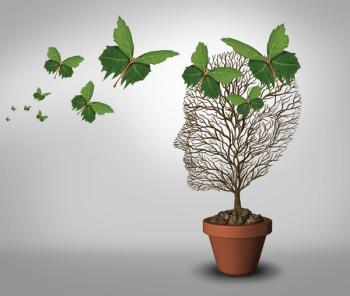
No one has precise data about how many Americans receive ECT each year, let alone how many treatments each patients receives or how closely providers space treatments. This is a troubling dilemma, according to the authors.

No one has precise data about how many Americans receive ECT each year, let alone how many treatments each patients receives or how closely providers space treatments. This is a troubling dilemma, according to the authors.

The more tools we have in our treatment toolbox, the greater the likelihood that we will ultimately find a treatment (or combination of treatments) to improve a given patient’s functioning and quality of life.
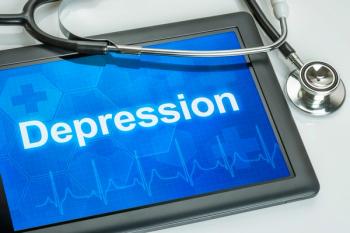
General medical illness can contribute to affective disorders in elderly patients. Treating the medical illness is an integral part in treating depression in these patients.

In approximately half of patients with Huntington disease, symptoms of depression, irritability/aggression, executive dysfunction, psychosis, cognitive decline, and dementia present long before progressive motor symptoms.

A myriad of neuropsychiatric symptoms result from folate deficiency, including cognitive impairment, insomnia, psychosis, depression, peripheral sensory deficits, and weakness. Treatment and prevention strategies are discussed.

New data from the ongoing SHORELINE study may bring good news for treating MDD.

Patients with cancer are at increased risk for both suicidal ideation and completed suicide. The authors discuss factors contributing to this increase in both biological and psychological realms.
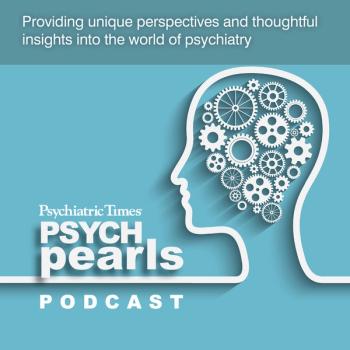
In this podcast, Drew Ramsey, MD, an nutritional expert and psychiatrist discusses the importance of diet and nutrition in mental health and wellness.

The story of depression, through time and around the world.

How do defective neuro-glia interactions contribute to depression?
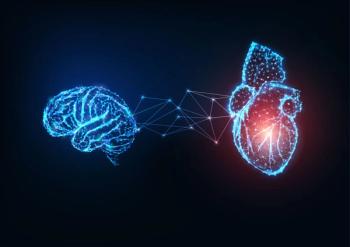
How does relapse prevention for depression in patients with coronary heart disease differ from relapse prevention in those with depression alone? That question and more answered.
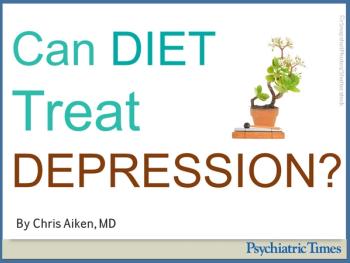
Although supported by basic science, it’s still a sea change to think that diet can treat depression. Some research puts that idea to the test.
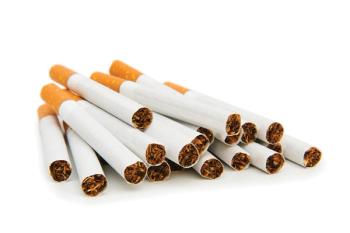
Two recent papers look at the subtle and surprising links between smoking and pain in different parts of the body.

Despite alcohol-related fatalities soaring to the No. 1 cause of death in middle-aged adults, this medication is often overlooked.
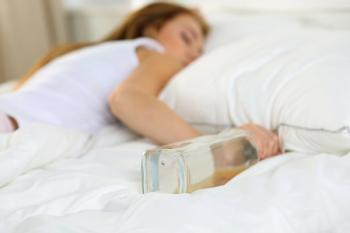
Are people with high "neuroticism-depression" likely to drink more than the average person when stressed? We may be getting closer to the answer.
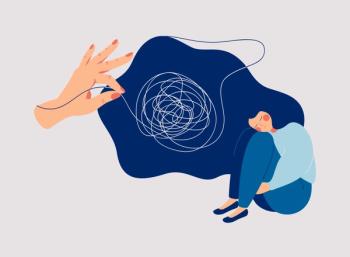
Three new trials suggest a novel antidepressant hides inside the blue-skinned fruit.
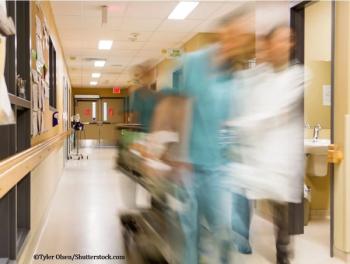
Imagine working with a young patient showing signs of psychosis for the past 6 weeks. Your initial assessment appears to rule out medical- or substance-induced etiologies, yet symptoms persist. What's a psychiatrist to do?

When concern for a patient is not so severe that a clinician feels compelled to call the police, there are options.
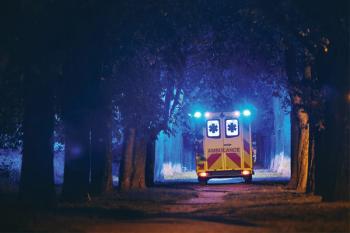
As a discipline, emergency psychiatry has widened its role, especially following the enormous mental health fallout from the pandemic and the shift of police and first-responder interventions.
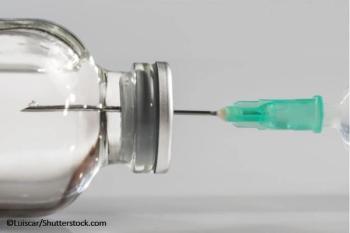
Although botulinum toxin does not have regulatory approval for the treatment of depression in the United States, some reports indicate neurotoxin treatment may mitigate symptoms.
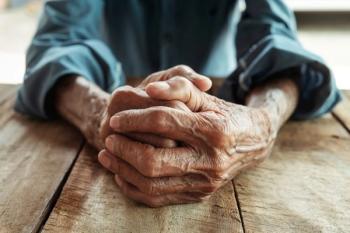
Research zeroes in on how frailty impacts depression treatment in elderly patients.

Unemployment is associated with an array of social and psychological complexities, directly affecting patients' self-esteem and perceptions of self-worth. When a patient loses their job, the psychiatrist has 4 tasks.
![Hugh Welch Diamond, “Plate 27 [Seated Woman with a Bird],” (ca. 1855) Digital image courtesy of the Getty's Open Content Program.](https://cdn.sanity.io/images/0vv8moc6/psychtimes/126bd46f3e13c49c89cb8a3fd84d5ae21e7d7172-514x722.jpg?w=350&fit=crop&auto=format)
If a picture is worth a thousand words, how many diagnoses can it make? The photographer and psychiatrist Hugh Welch Diamond, MD, shares insights into the humanity and stigma of mental illness in Victorian England.
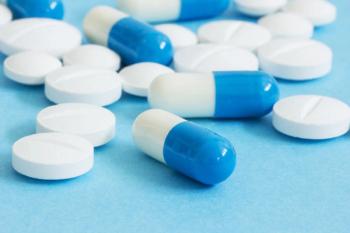
Preliminary studies suggest that adjuvant treatment with a statin may be beneficial for patients who are also prescribed psychotropic drugs for depression and schizophrenia.

The most common emergency presentations to emergency departments are identified.